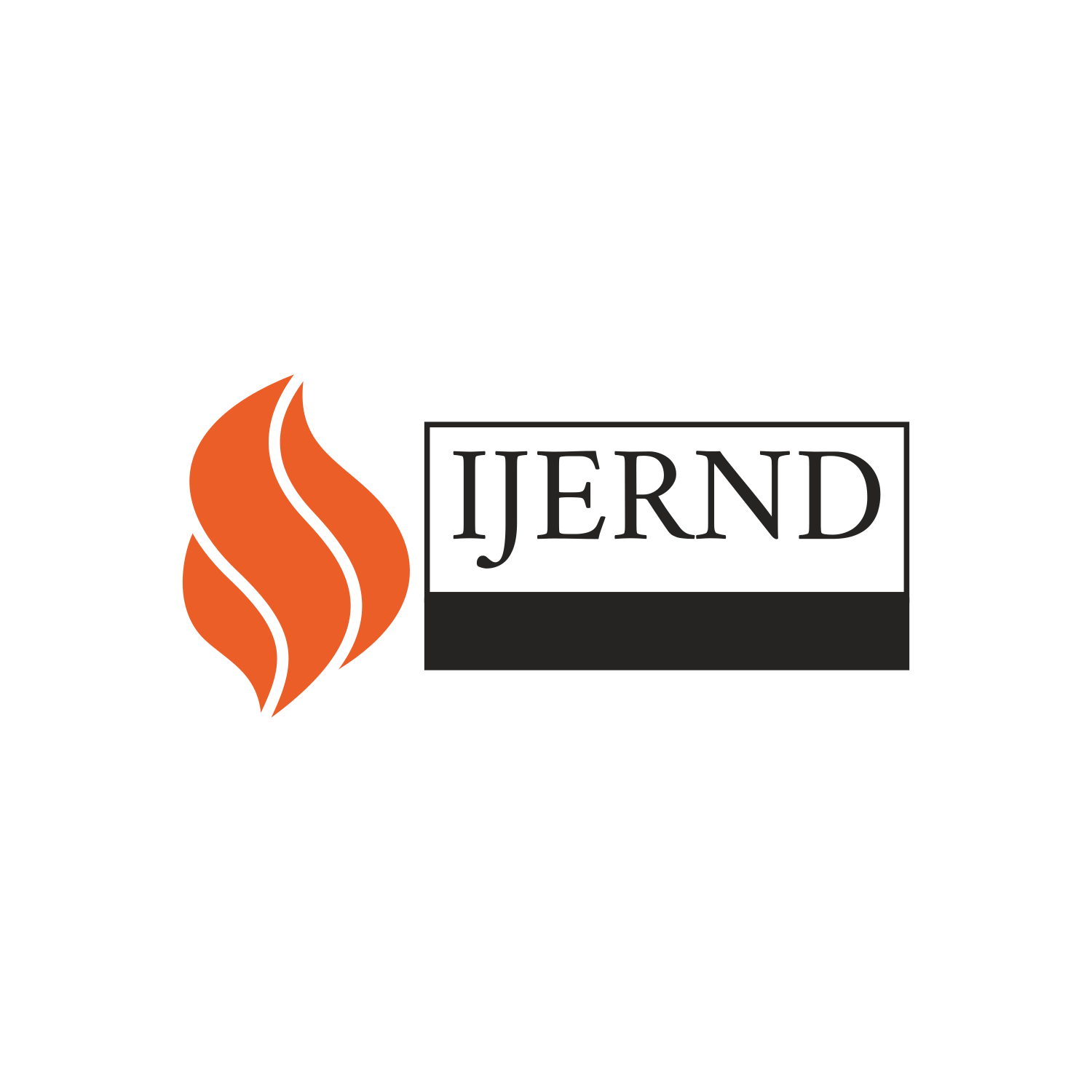
Vol. 1 No. 05 (2024): Development of an LSTM-Based System for Real-Time Toxic Comment Classification in Online Platforms

Abstract
The project aims to develop an efficient and accurate system for classifying toxic comments in online platforms using Long Short-Term Memory (LSTM) networks. With the exponential growth of online content, ensuring a safe and respectful environment for users is of paramount importance. Toxic comments, characterized by offensive, abusive, or harmful language, pose a significant challenge for content moderation.
This project employs LSTM, a type of recurrent neural network, known for its ability to capture sequential dependencies in data. The LSTM model will be trained on a labeled dataset comprising both toxic and non-toxic comments. During training, the model learns to recognize patterns and contextual cues associated with toxic language, enabling it to make predictions on unseen comments.
The implementation involves preprocessing textual data, constructing an LSTM architecture, and fine-tuning the model to achieve optimal performance. The trained LSTM model will be integrated into an interactive platform, providing real-time classification of comments. The project will also explore techniques for model evaluation, addressing challenges such as false positives and false negatives.
The successful implementation of this project can significantly contribute to enhancing online content moderation, fostering healthier digital communication spaces, and mitigating the impact of toxic behavior. Additionally, the project offers valuable insights into the application of deep learning techniques, specifically LSTM, in addressing real-world social challenges related to online content.
Index Terms
Toxic comments, Online platforms, Long Short-Term Memory (LSTM) networks, Content moderation, Recurrent neural network, Sequential dependencies, Labeled dataset, Textual data preprocessing, Model fine-tuning, Real-time classification, Model evaluation, False positives, False negatives, Digital communication spaces, Deep learning techniques.




